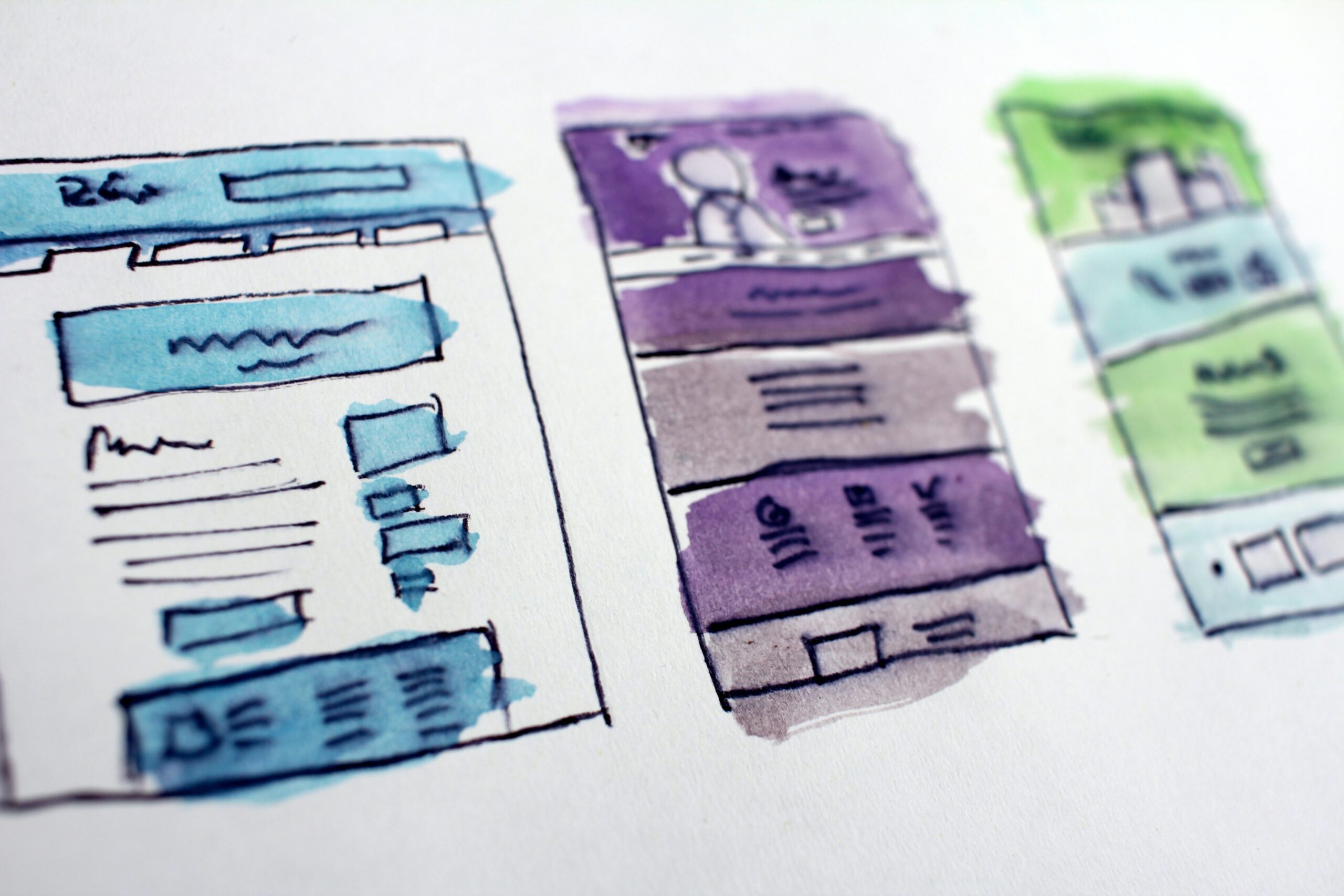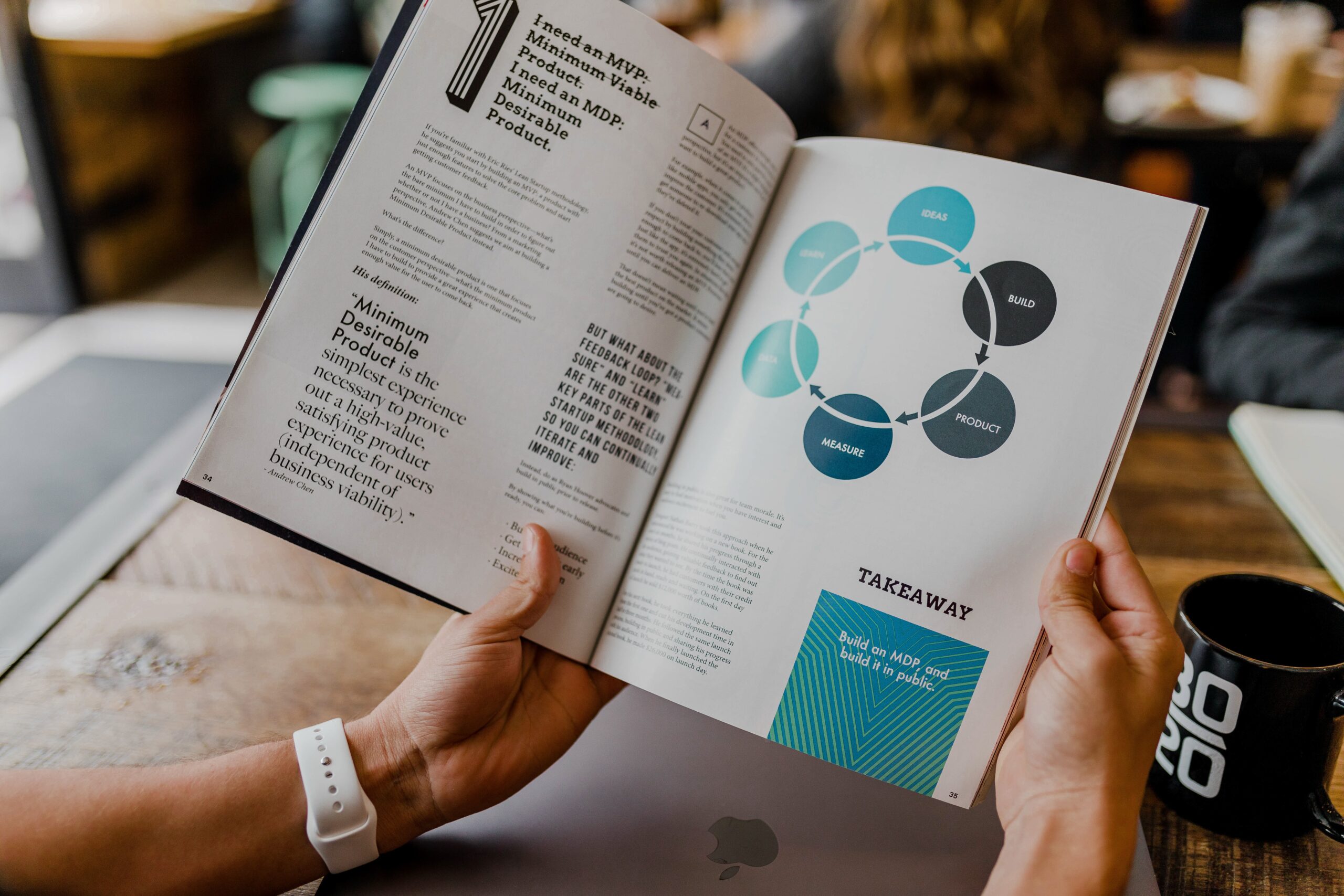When developing a new product or service, one of the most important steps is identifying the problems or challenges that customers face with existing solutions. This information is crucial in determining the type and details of your Minimum Viable Product (MVP), which is the version of your product with just enough features to satisfy early customers and provide feedback for future development. While traditional methods of gathering customer insights, such as customer interviews and market surveys, can be helpful, there are ways to start identifying potential challenges with existing solutions even before starting these activities. In this article, we will explore how to get insights about hypothesis of challenges with existing solutions and how to leverage them to decide on the type and details of your first MVP idea.
Research Direct Competitors
One of the most effective ways to identify challenges with existing solutions is to research your direct competitors. By analyzing the products and services offered by your competitors, you can get a better understanding of the challenges customers face and the gaps that exist in the current market. Look at customer reviews, social media comments, and forums related to your competitors to see what customers are saying about their experiences with the products. This can help you identify patterns and common challenges that customers face, and use this information to develop your MVP with solutions that address these issues.
Another way to research your direct competitors is to analyze their pricing and packaging strategies. Look at the pricing of similar products to determine what customers are willing to pay for a particular solution. Additionally, analyze the packaging and features of competing products to understand what features customers value the most. This information can help you identify what features to include in your MVP to provide the most value to customers.
Research Indirect Competitors
In addition to researching direct competitors, it is also important to research indirect competitors. These are products or services that are not direct competitors but provide similar solutions to customers. By researching these products, you can identify additional challenges and gaps in the market that your MVP can address. Look for products that provide similar solutions or have a similar target market, and analyze their customer feedback, pricing, and features to identify potential gaps.
Research Substitute Competitors
Substitute competitors are products or services that provide a different solution to the same problem. For example, if you are developing a meal delivery service, a substitute competitor could be a grocery delivery service. By analyzing substitute competitors, you can identify additional challenges and gaps in the market that your MVP can address. Look for products or services that provide a different solution to the same problem and analyze their customer feedback, pricing, and features to identify potential gaps.
Research Non-Consumers
Non-consumers are potential customers who do not currently use any existing solutions to solve their problem. By researching non-consumers, you can identify potential challenges and gaps in the market that existing solutions do not address. Look for potential customers who are aware of the problem but have not found a suitable solution, and analyze their feedback to understand what challenges they face. This information can help you develop an MVP that addresses these challenges and provides a solution that is more attractive to non-consumers.
Identify Patterns and Trends
After conducting research on your competitors and potential customers, it is important to identify patterns and trends in the data. Look for common challenges or gaps that multiple customers or competitors have identified, as these are likely to be the most pressing issues. Additionally, look for patterns in customer feedback, such as common complaints or suggestions for improvement. These patterns and trends can help you develop an MVP that addresses the most important pain points and challenges experienced by your potential users.
Once you have identified the most common pain points and challenges, you can begin to brainstorm ideas for your MVP. Start by thinking about the simplest possible solution that could address these issues. Remember that your MVP is not meant to be a fully-featured product, but rather a basic prototype that can be used to validate your assumptions and gather feedback from users.
One useful approach for generating MVP ideas is to use the “Jobs to Be Done” framework. This framework focuses on understanding the underlying motivation or goal that drives someone to use a particular product or service. By identifying the job that users are trying to accomplish, you can design an MVP that specifically targets that job and provides a solution that is aligned with the user’s needs.
Once you have a rough idea of what your MVP will look like, it’s time to start testing it with users. This is where the insights you gained from analyzing existing solutions can be particularly helpful. You can use this knowledge to create a list of potential users who are most likely to benefit from your MVP, and then reach out to them to gauge their interest and gather feedback.
At this stage, it’s important to remember that your MVP is not a final product. Instead, it’s a starting point for testing your assumptions and gathering feedback. You should be prepared to make changes and iterate on your MVP based on the feedback you receive from users. This feedback will be essential in helping you refine your MVP and make it more effective at addressing the pain points and challenges experienced by your potential users.
In conclusion, using insights about challenges with existing solutions can be a valuable tool for deciding the type and details of your first MVP idea. By analyzing existing solutions, you can gain a better understanding of the pain points and challenges experienced by potential users, and use this knowledge to design an MVP that addresses these issues in a targeted and effective way. Remember to keep your MVP simple and focused on addressing the most important pain points, and be prepared to iterate based on feedback from users. With this approach, you’ll be well on your way to building a successful product that meets the needs of your target audience.
To make this process efficient, get your hands on our free ebook “Discovering Your Target Customer: A Behavioral Segmentation Playbook” and obtain valuable insights and effective strategies for segmenting your customer base and comprehending their behavior. Download now!








